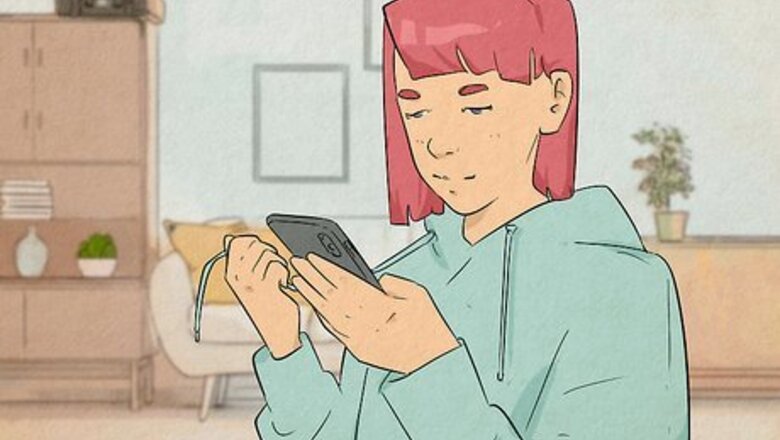
views
What does ASMR mean?

ASMR stands for autonomous sensory meridian response. ASMR is a relaxing phenomenon that affects your senses and emotions. It is triggered by certain sounds, sights, or sensations, called triggers. On TikTok, YouTube, and other social media, ASMR is a category of video where people try to induce chills throughout the body (called “tingles”) and a relaxing feeling through tapping, whispers, and other sounds and actions. Some people assume ASMR is inherently sexual, but it's not. Most ASMR is caused by unique sounds like whispers and tapping. ASMR typically feels relaxing and calming, and it induces tingles. ASMR is known for inducing tingles that start at the top of the head and slowly work down the spine and shoulders (and sometimes throughout the rest of your body). It also tends to induce feelings of calming relaxation, making it useful for winding down.
Why is ASMR so popular?
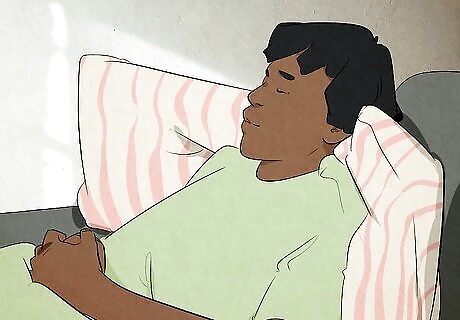
ASMR is popular because it’s relaxing and pleasurable. There are a lot of "ASMRists" out there creating ASMR content because people just really like ASMR. It has existed as a relaxation tool for a long time (even before it was called ASMR), but the internet made ASMR a lot more widespread and readily available. The genre has grown a lot in recent years, with more and more ASMRtists finding new ways to induce tingles. ASMR can also be linked to childhood memories, like the tingles you got when your friend would whisper a secret or the chills you got when your hair was getting cut. Roleplays are a style of ASMR video where the creator dresses and performs as a certain character or occupation, like a nurse, life coach, or Disney character. Personal attention videos are videos where the creator intends to create an immersive experience by “taking care” of the viewer even though they aren’t physically present. Rambles are a type of video where the creator continuously talks about various topics that may or may not be connected.
The History of ASMR
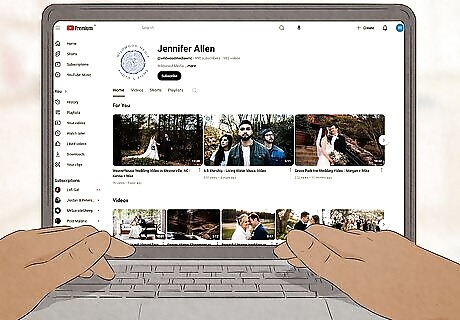
The term ASMR was coined in 2010 and became popular around that time. In 2010, the phrase “autonomous sensory meridian response” was coined by Jennifer Allen, who was searching for a way to describe the tingling feeling that resulted from various audio-visual triggers online. As a genre, ASMR had been buzzing around the same time, with YouTubers like WhisperingLife ASMR and Heather Feather helping popularize the relaxing videos.
The Science Behind ASMR

The science of ASMR is still being studied, but it is thought to improve sleep and boost mood. The working theory is that it triggers areas of the brain associated with relaxation. ASMR releases feel-good chemicals like dopamine, oxytocin, and endorphins, which make you feel warm, excited, and calm. ASMR is also thought to boost your mood, improve sleep and concentration, alleviate headaches, and relieve pain. Many people use ASMR to relax and cope with stress. That said, it isn’t an official treatment for anxiety or other mental health issues and shouldn't be used as such.
How to Know If You Experience ASMR

Test different triggers and see if they give you tingles. ASMR is something that affects everyone differently. One trigger may work for one person but not for another. The best way to know whether you experience ASMR or not is by exposing yourself to different types of triggers and seeing which works for you. Try listening to a “find your trigger” video on YouTube, as they consist of different types of triggers and can help you figure out what works for you. As ASMR increases in popularity, scientists have noticed common characteristics among those who experience it. They believe 10-20% of people experience ASMR. A study published in 2022 found that people who experience ASMR tend to score higher than average when it comes to the openness and neuroticism personality traits. You may find ASMR overstimulating if you’re highly sensitive or have ADHD, autism, or misophonia (a decreased tolerance to specific sounds).
Are there any negative side effects to ASMR?

Not for adults, but you do risk losing your tingles if you listen to too much. There haven’t been any negative side effects linked with ASMR, but given that it’s a new field of study, that’s always subject to change. Those who listen to ASMR do report that too much of it can cause you to lose your tingles, preventing you from experiencing the chills that ASMR is known for. ASMRtists (ASMR artists) like Matty Tingles dedicate videos to bringing back your tingles through fast, intense triggers. To avoid overconsuming ASMR content, set screen time limits on apps like YouTube, Instagram, and TikTok.

Some ASMR content is not be appropriate for children. Since ASMR is an all-encompassing genre, some of the content isn’t suitable for children, whether it be because of sensitive topics being discussed, sexual, or otherwise inappropriate themes. To protect your child from sensitive content online, monitor the content they consume, implement online privacy tools like KidGuard, and model healthy online habits.
Specific ASMR Triggers
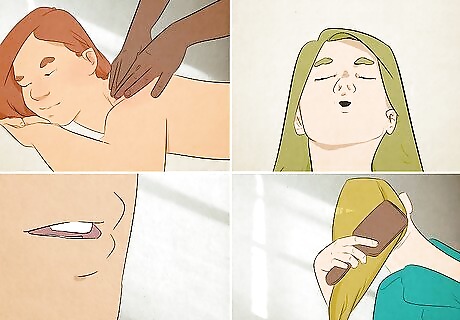
Different triggers result in pleasure for some people. When it comes to ASMR, one size does not fit all. Some sounds tend to be more pleasurable and trigger-inducing than other sounds depending on the person. While research suggests that some triggers are more popular than others, ASMR still consists of a lot of trial and error. Popular ASMR triggers include: Soft-speaking. Playing with or brushing your hair Soap cutting. Whispering. Close personal attention (life coach, personal assistant, etc.). Getting a haircut. Interacting with the face or head. Tapping Watching people do focused work. Clinical exams. Massages. Playing with slime. Using a fidget spinner. Microphone brushing.
Is ASMR addictive?

ASMR may not be clinically addictive, but its relaxing effects make it hard to put down. Using ASMR as a relaxer without addressing your stressors can lead you to continually rely on it to destress. When ASMR is triggered, it can release dopamine in the brain, which is known as the “pleasure hormone.” As you continue to produce dopamine, you will need more to feel the same type of pleasure, which can cause you to watch more ASMR.
How to Make Your Own ASMR Videos

Get a quality mic, pick your triggers, and record yourself doing them. It doesn’t have to be a high-quality binaural ear-to-ear microphone, but try to get your hands on a Blue Yeti or something similar. Make sure your microphone has a pop filter to avoid harsh P and T sounds. Decide the trigger(s) you’d like to do and practice them before starting the recording so you get an idea of the sounds they produce. Once you’ve keyed in on a relaxing sound, set your camera up on a tripod and record your ASMR video. Don’t worry about bad takes, you can edit them out! If you prefer a more authentic experience, you can continuously record without editing your video. The most important thing you need to make a good ASMR video is a quality mic. If you do use a standard cell phone microphone, that’d be considered lo-fi ASMR. As far as cameras, you don’t need the highest quality. A standard iPhone camera is just fine! Try to keep your lights low, though, as many ASMR viewers are trying to relax and fall asleep.
Final Thoughts

ASMR is a growing genre that continues to search for new ways to induce relaxation. Since it first became popular in the 2010s, ASMR has consistently grown and explored different ways to induce relaxation, whether it be through soft whispers, microphone brushing, or roleplays. While it doesn’t affect everyone in the same way, ASMR has become a mainstream form of relaxation, with in-person ASMR services being offered in areas like Ontario, Pennsylvania, New York, and London.
















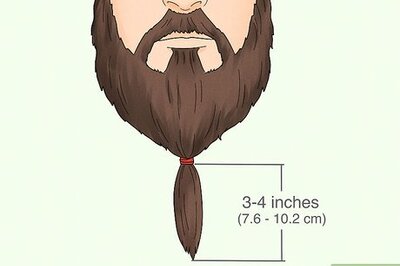



Comments
0 comment